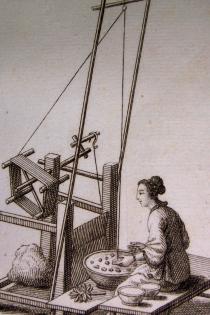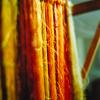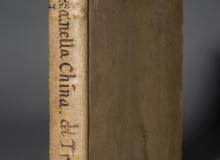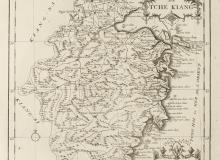Silk
Many of the Jesuit missionaries to China made note of the manner in which the production of silk was a laborious and involved activity. They took note of everything from the cultivation of the silk moths, the farming of mulberry bushes, the process of nurturing the silkworms and then the harvesting of the threads woven by the caterpillars. They then discussed which areas of China grew the most silk, how it was treated and illustrated this with many drawings of both the plants and the transformation of the threads into the usable yet luxurious material that was well known throughout Europe. Some of these drawings can be seen in Jean-Baptiste Du Halde’s A Description of the empire of China and Chinese Tartarie (London, 1738).
While it might seem surprising that Jesuit missionaries were writing about such an industry and not about subjects like baptism and so on, it must be remembered that their extensive course of studies in science and other disciplines made them well-trained to take note of the world around them, and in fact eager to do so. (They also continued to write about baptisms too of course). Such studies were an essential part of the Ratio Studiorum – the “plan of studies” codified by the Society of Jesus in the late 1590s – and as such these publications were the logical product, and hope, of this curriculum.
As a consequence, Jesuit scholarship has contributed to such diverse fields as botany and zoology, astronomy and geography, philosophy and musicology. This is especially true for the early modern world. The books held in the Jesuitica collection at the Burns Library Boston College are a rich resource, as they form a primary source collection rich in such disciplines. Many of these works are relatively under-utilized and some of them have not been translated into English. There are at least 2,500 volumes that deal with history that precedes the suppression of the Society of Jesus in 1773.



